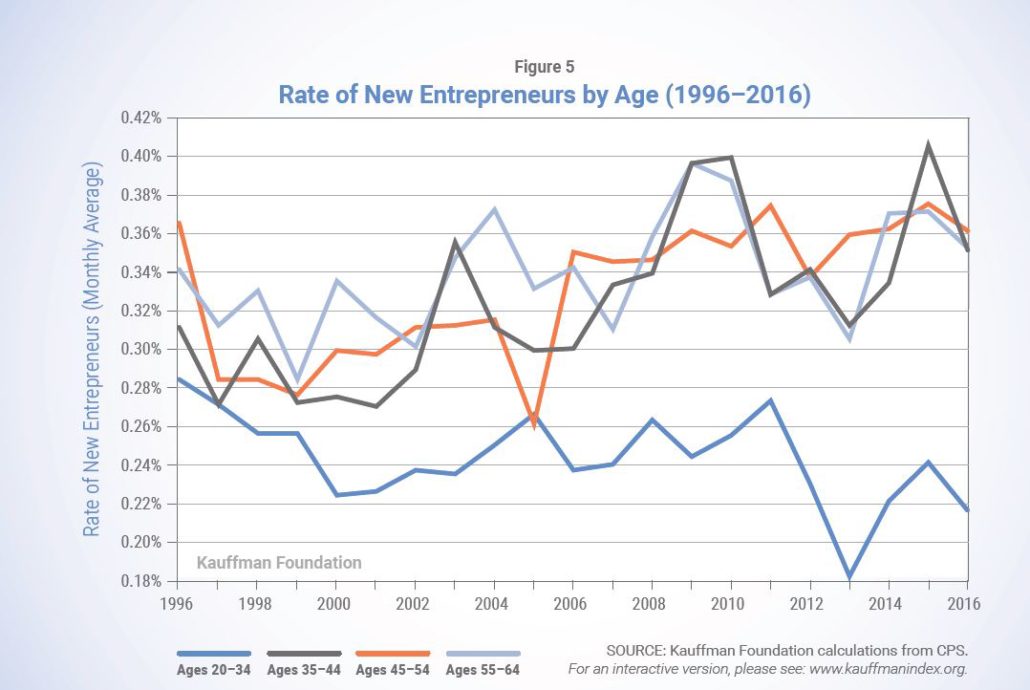How To Avoid Becoming a “Bored Boomer” – Part Three

“ If you do not know where you come from, then you don’t know where you are, and if you don’t know where you are, then you don’t know where you’re going.” Terry Pratchett, “I Shall Wear Midnight”
I struggled this week to come up with meaningful content that would be a fitting and meaningful cap to this three-part series on avoiding becoming a Bored Boomer. Then this quote jumped on me.
It works that way sometimes – the Universe drops something in my mental path out of nowhere. Many have said that’s the way it works. You just have to be open and paying attention – which I’m not, a lot of the time.
The quote is a bit like the interchange between Alice and the Cheshire cat I guess i.e. “any road will do!” But what grabbed me was the first part “If you don’t know where you come from- – “. It reminded me, as I’m reading it, that we all are nothing but stories.
Life is a series of choices and the stories that follow.
 For a long time, I didn’t much care for a lot of my story. Kinda modest, mottled and messy. Small town Wyoming upbringing, grandson of homesteaders, a late bloomer in nearly every phase of the first half (50 years or so). No notable titles, trophies or tributes. Pretty much a top-of-the-bell-curve sort of story.
For a long time, I didn’t much care for a lot of my story. Kinda modest, mottled and messy. Small town Wyoming upbringing, grandson of homesteaders, a late bloomer in nearly every phase of the first half (50 years or so). No notable titles, trophies or tributes. Pretty much a top-of-the-bell-curve sort of story.
But then someone somewhere in some book or podcast or webinar on writing – can’t remember who or where or when – said: “your mess is your message.” I think, I hope, it was Ann Lamont, whose last chapter in her classic book on writing “Bird by Bird: Some Instruction on Writing and Life” rocked my world with this admonition (bolding is mine):
“Write in a directly emotional way, instead of being too subtle or oblique. Don’t be afraid of your material or your past. Be afraid of wasting any more time obsessing about how you look and how people see you. Be afraid of not getting your writing done. If something inside you is real, we will probably find it interesting. Risk placing emotion at the center of your work. Write toward vulnerability. Don’t worry about being sentimental. Worry about being unavailable; worry about being absent and fraudulent. Risk being unliked. Truth is always subversive.”
We need to know your story
We all have a story that the world needs to know. We all have a story that will benefit others but runs the risk of being untold as we succumb to the cultural expectation of “winding down.” This third stage of life i.e. the span between middle age and true old age is where the power of your story can best manifest itself.
I’ve come to realize that the story I was inclined to apologize for and hide for years has led me to discovery of my true passion and purpose and that my messiness can be a big part of my message.
That can be the same for any of us third-stagers. It should be.
With that as a backdrop, here are the final three Boomer Boredom avoidance suggestions:
#7: Write your memoirs.
Whaaa? My memoirs, you say? Who would read it? Who would care?
Maybe nobody – maybe millions. That’s not the point. Call it part of self-discovery. Call it part of legacy preservation. Call it a letter to your progeny. Call it a thank you to your spouse or partner. Call it boredom avoidance. Call it whatever.
As Ann Lamont points out in “Bird by Bird”: “– -it is an honorable thing to have done. And who knows? Maybe what you’ve written will help others, will be a small part of the solution. You don’t even have to know how or in what way, but if you are writing in the clearest, truest words you can find and doing the best you can to understand and communicate, this will shine on paper likes its own little lighthouse”
Maybe what you have written will help others. Maybe that won’t be a big part of the result. But what will happen is that your true story will emerge – or, more truthfully, re-emerge and gain more salient meaning.
My ever-helpful friend, Pat McClendon, is a Ph.D. nurse and former nursing executive who has now “retired” into working harder than ever to help nurses find meaning through her writing and speaking. (Visit her site at www.makingcaringreal.com).
She took seriously someone’s advice that if you want to learn about yourself, write your memoirs. My sense is that writing her memoirs was a gut-wrenching yet exhilarating experience that enabled her to confront the truths about what went well and what didn’t in her nursing leader career. This has deepened her perspective and passion for helping nurse leaders and is turning into a soon-to-be-published book to complement her weekly blogs and speaking on the topic of nurse leadership. The nursing leadership community, which is huge, stands to be the benefactor of that memoir effort.
#8: Develop and commit to a longevity plan.
Chances are you are going to live longer than you expected. For some, that’s good news. For many, it’s a fearful proposition, beset with visions of wheelchairs and walkers, nursing homes and needles, osteoporosis and oxygen bottles, dementia, drool and Depends.
The reality of that grim vision is enhanced by the lifestyle choices we make throughout life, but that intensify in importance as we move through the second half.
Generally, we remain a pretty naïve society when it comes to good health despite all the advances we’ve made in the last century in understanding our biology and how to treat it optimally.
 Or perhaps, lazy is a better word.
Or perhaps, lazy is a better word.
We’ve been hijacked into a disease-care system where our health maintenance has become a reactive, $35 co-pay experience that comes into play only when the annual physical roles around or when the train leaves the track with an illness or health crisis.
In the face of major advances in understanding how our biology works, we continue to fail to take control of our own health. And the manifestation of that intensifies as we age.
But it doesn’t need to be that way. We can – actually, must – be in control of our health if we expect to achieve our full-life potential and live healthy up to, or very close to, the end. In other words, live long and die short.
I do believe that we can be “Younger Next Year”. The book by the same name inspired me to put together a longevity plan to support my goal of living past 100. I was also inspired by the wisdom and experience of Dr. Walter Bortz and his books “Dare to Be 100” and “The Roadmap to 100.” I heartily recommend all three books as a foundation for moving to a longevity plan for the balance of your life.
I see such a plan having three parts”
- Become knowledgeable about your biology, down to the cellular level. Know what you are doing to your body when you do, or don’t do, certain things. No, I’m not suggesting becoming a molecular biologist – just read what they are already telling us. Frankly, even if you just digested the three aforementioned books, you would be light years ahead of the masses and on a good track to realize a health longevity bonus.
- Put together an exercise, diet, social engagement and spiritual enlightenment plan. Here’s mine:
Aerobic exercise for 45 minutes, 6 days a week. Strength training 3 days a week. (Borrowed from the recommendations in “Younger Next Year” and inspired by Dr. Lodge’s quote: “Aerobic exercise will give you life. Strength training will make it worth living.”)
I “eat food, not too much, mostly plants”. Inspired by this quote from Michael Pollan, author of “Food Rules” and other inspiring books on eating right
Expanding my social circle to be surrounded by positive, encouraging friends and to include more people 10-30 years younger than I am.
Daily meditation. It starts my day and helps center me.
- Fix your longevity plan on your calendar. What gets scheduled gets done. And no more so than with these longevity components. It’s very easy to slide away from each of them. It takes 66 days to firmly embed this type of good habit. It won’t happen without a disciplined, scheduled approach.
#9: Start a project that would positively impact 1 million people.
You may have heard of the “X Prize”. It’s a concept started by Peter Diamandis, engineer, physician, and entrepreneur.
At the XPrize website, https://www.xprize.org/about/what-is-an-xprize it is described as:
“- – a highly leveraged, incentivized prize competition that pushes the limits of what’s possible to change the world for the better.
It captures the world’s imagination and inspires others to reach for similar goals, spurring innovation and accelerating the rate of positive change. The goal is to push the boundaries of human potential by focusing on problems currently believed to be unsolvable, or that have no clear path toward a solution.”
For many of the X Prizes, the solution must be able to positively impact at least 1 billion people.
It has proven to be one of the most powerful tools for world-changing innovation on the planet.
Do you think you could come up with something, drawing from your life experiences and acquired skills and assets, that could possibly impact 0.001% of that? Something that could impact 0.003% (1 of every 326 people) in the U.S. Just a million people.
What do you know, have experience with, are highly accomplished in, feel passionate about that you just know a million people could benefit from?
Then define it and go share with them, starting with one.
We all have them – those experiences, talents, successes that are our story. Stories that others need to hear. Yet, we sit on them when others could grow because we’ve grown.
I’m choosing to take my “messy” story to the 80+million Boomer and pre-Boomers to encourage them to rethink the use of this period between mid-life and old age i.e. the third stage. To inspire them to leverage this time for good, not lose it to the cultural expectations of park benches and Lazy-boys and Leisure World.
Will 1 ¼ % of that crowd hear my messy message? Hopefully, in time. But maybe not. But today, I’m thinking maybe one will, and that’s a feel good. It all starts with one.
Thanks for taking the time to slog through this series. Hope it has some pearls for you. Let us know your thoughts regarding the suggestions by scrolling down and leaving a comment. Or better yet, let us know what you do to stay inspired, motivated and active as a Boomer.
Get a copy of my free e-book “Achieve Your Full-life Potential” by subscribing at www.makeagingwork.com



 #5: Become a mentor
#5: Become a mentor
 when I reveal that, at 76, I’m refining my 25-year plan. And it is a work-in-progress. But I’ve come to realize that a goal to live past 100 or develop a lifestyle business that will outlive me will never happen if I don’t articulate it and plan for it in my mind.
when I reveal that, at 76, I’m refining my 25-year plan. And it is a work-in-progress. But I’ve come to realize that a goal to live past 100 or develop a lifestyle business that will outlive me will never happen if I don’t articulate it and plan for it in my mind.




